Afghanistan National Institute of Music
This is a collection of articles archived for the excellence of their content. |
Contents |
What is the ANIM?
February 15, 2018: Afghanistan National Institute of Music
The Nahid Ensemble of Afghan is comprised of male and female students of the Afghanistan National Institute of Music (ANIM). ANIM is Afghanistan’s first institute of music where talented Afghan children regardless of their gender, social circumstances and ethnic background are trained in Afghan traditional and Western classical music, while obtaining high quality academic or core education.
ANIM has a special focus on supporting the most disadvantaged group in Afghan society; many members of the Nahid Ensemble come from host orphanages or were previously street working children and represent provinces across the country including Nuristan, Kunar, Farah, and Bamiyan.
The group has toured extensively, initially as members of the Afghanistan Youth Orchestra and the Girls Ensemble, Zohra. In 2015, the Nahid Ensemble performed at ChoirFest Middle East and received the ‘Best Regional Choir’ Award. The group also performed for the President of Afghanistan and was invited by President of Turkmenistan for a series of performances in the region.
They perform regularly around Afghanistan and in neighbouring countries.
History, aims
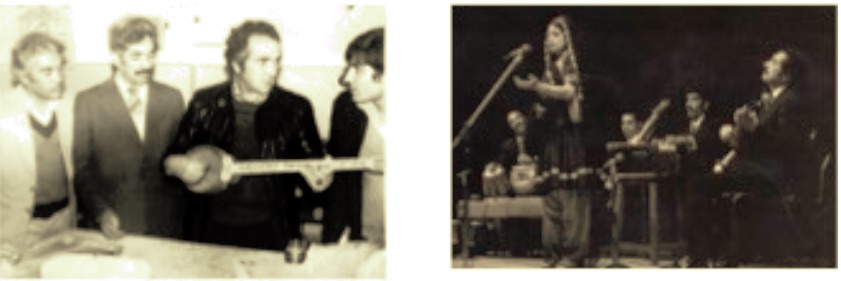
From: Afghanistan National Institute of Music
Afghanistan National Institute of Music (ANIM) and Dr. Ahmad Sarmast
ANIM provides a dynamic, challenging, and safe learning environment for all students regardless of their gender, ethnicity, religious sect, or socio-economic circumstances. We focus especially on supporting the most disadvantaged children in Afghanistan – orphans, street-working vendors and girls.
Aims
1. Assure Musical Rights
2. Transform Lives through Music
3. Revive and Preserve Afghan Music
4. Train Future Music Educators
5. Lead Cultural Diplomacy between Afghanistan and the International Community
History
Music in Afghanistan thrived for centuries; in the 1980’s alone there was a thriving pop and film music industry, hundreds of ensembles and a unique radio orchestra with Western and Afghan instruments. All of this was destroyed by the civil war in the 1990’s and its aftermath.
Between 1996 and 2001, music was completely banned in Afghanistan. In 2006, Dr. Ahmad Sarmast, then a Research Fellow at the Monash Asia Institute, Monash University, Melbourne, Australia, initiated the Revival of Afghan Music (ROAM) project. His father had been a very famous conductor and Dr. Sarmast had been in exile from his homeland for fifteen years. In April 2008 after two years of planning, and with the full support of the Ministry of Education and the Deputy Ministry for Technical Vocation and Educational Training, the vision of ANIM was taken by Dr. Ahmad Sarmast to the donor community.
With support from the World Bank, the Embassy of the USA, the German Government and many other donors, the Afghanistan National Institute of Music was inaugurated on June 20, 2010. The project “Revival of Music Education in Afghanistan” received the IMC Music Rights Award in 2009 as an encouragement to the project and a signal to the donor community.
2008-18: the pathway
Afghanistan National Institute of Music

From: Afghanistan National Institute of Music
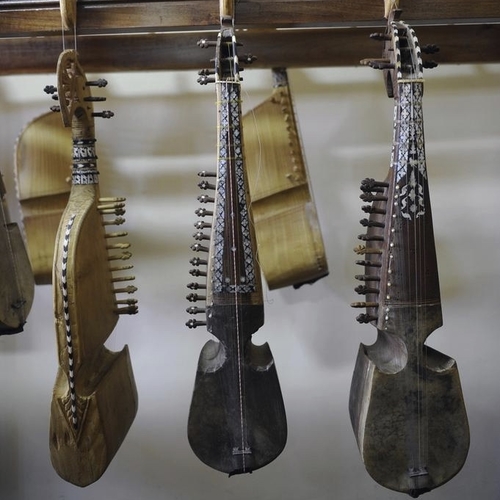
From: Afghanistan National Institute of Music
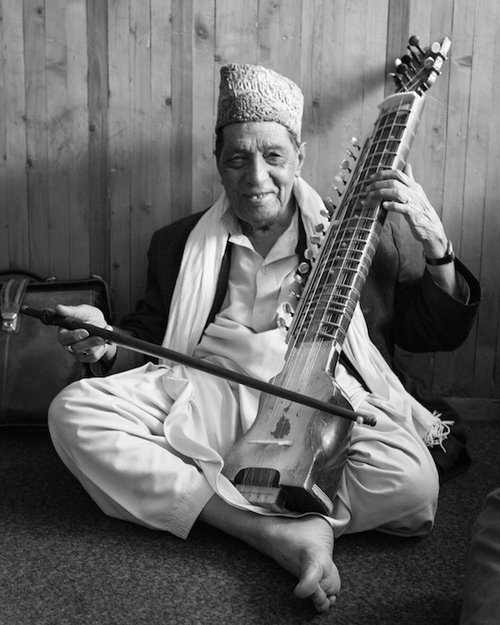
From: Afghanistan National Institute of Music
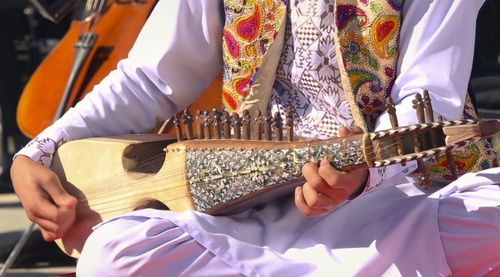
From: Afghanistan National Institute of Music

From: Afghanistan National Institute of Music
The Pathway to ANIM
Afghanistan has one of the richest and most complex music histories in the world. The country sits at a topographical and cultural crossroads, and its music has been a major influence in the East and the West.
Music in Afghanistan thrived for centuries; in the 1980’s alone there was a thriving pop and film music industry, hundreds of ensembles and a unique radio orchestra with Western and Afghan instruments. All of this was destroyed by the civil war in the 1990’s and its aftermath.
Between 1996 and 2001, music was completely banned in Afghanistan.
In 2006, Dr. Ahmad Sarmast, then a Research Fellow at the Monash Asia Institute, Monash University, Melbourne, Australia, initiated the Revival of Afghan Music (ROAM) project. His father had been a very famous conductor and Dr. Sarmast had been in exile from his homeland for fifteen years.
In April 2008 after two years of planning, and with the full support of the Ministry of Education and the Deputy Ministry for Technical Vocation and Educational Training, the vision of ANIM was taken by Dr. Ahmad Sarmast to the donor community.
With support from the World Bank, the Embassy of the USA, the German Government and many other donors, the Afghanistan National Institute of Music was inaugurated on June 20, 2010.
ANIM currently has nearly 250 students. We have developed a position in Afghanistan that is without parallel, and over the last few years have not only provided an invaluable education to hundreds of students, but also contributed to healing the wounds of this war-torn country. ANIM students and faculty have time and time again provided specially composed music for significant events in the life of Afghanistan, including the 2012 Prayer for Peace, the 2015 launch of the Women’s Day Song and the National Children’s Anthem of Afghanistan. Furthermore, in 2016 the Afghan Women's Orchestra "Zohra" and the Junior Ensemble of Traditional instruments released a collaborative album with the American ensemble Cuatro Puntos. It was released on the UK label Toccata Classics, distributed internationally by Naxos, and has received overwhelmingly positive reviews all around the world from prominent sources such as BBC Radio (UK) and NPR (USA.)
The success of this initial plan will be replicated in three major provinces in the future - the cities of Herat, Mazar-e Sharif, and Jalalabad.
Ahmad Sarmast
Sune Engel Rasmussen in Kabul, May 25, 2015: The Guardian
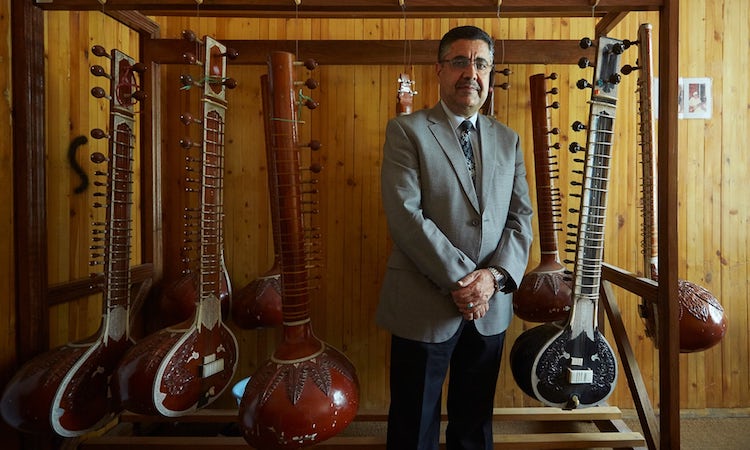
From: Sune Engel Rasmussen in Kabul, May 25, 2015: The Guardian
He was the saviour of Afghan music. Then a Taliban bomb took his hearing
When musicologist Ahmad Sarmast’s pioneering institute – open to girls and boys, women and men from all backgrounds – became a target, it nearly cost him his life. But the attack has only made him more determined. When Ahmad Sarmast said he would give his life to music, he meant it quite literally. After more than a decade in Australia, Sarmast, a musicology professor and son of a renowned conductor, returned to Afghanistan after the fall of the Taliban to establish the country’s first institute for classical music.
After a ban on music during the Taliban’s rule, Sarmast ushered in a musical revolution. Not only did he create a symphony orchestra, which soon played some of the world’s largest venues including the Kennedy Centre in Washington and the Royal Festival Hall in London, but he also deliberately reserved a number of slots in the orchestral institute for orphans, street children and, most controversially in Afghanistan, girls.
But a few months ago, the insurgents came close to silencing Sarmast and his orchestra. On 11 December, the professor was enjoying the fruits of many months’ labour when his orchestra performed alongside a drama troupe at the French cultural centre in Kabul. Sarmast was seated in the front row.
“The show was a beautiful one. The music was so powerful, the actors’ playing so masterly,” Sarmast remembered. At one point during the performance, he heard a commotion outside the hall. Following routine, he reached for his mobile phone to check if his driver had alerted him to anything. That second, a blast ripped through the crowd. Sarmast was knocked unconscious. “I felt like someone with a cricket bat hit my head with his entire energy and power,” Sarmast recalled.
Police later told him he had been sitting only a few seats away from the suicide bomber. When he regained consciousness, Sarmast felt “a very warm liquid all over my body. When I touched, I saw there was a lot of blood.”
He had survived the attack, in which a German man was killed, but he was far from unscathed. Eleven pieces of shrapnel had lodged in the back of his head. And, immediately after the attack, Sarmast had difficulties hearing. An hour later, a man whose entire life revolved around music had become completely deaf.
“At that moment, I thought: ‘You’re a musician, you’re dealing with music, what is going to happen?’” Sarmast said. “But when you are between life and death, I was happy that I was alive.” His hearing gradually returned, but it was severely damaged. In his sleep, the sound of the blast kept returning.
“[The sound] was probably a combination of the shrapnel entering my head, and the explosion itself,” he said. “The nightmares were different, but the sound was exactly the same. Very loud, very scary.”
Sarmast flew to Australia to undergo surgery, but for many weeks he could barely hear high notes, while bass notes were overwhelmingly loud. “I had the feeling, twenty-four seven, that a large symphony orchestra was playing out of tune in both ears. That was very, very annoying and demoralising,” he said.
Eventually, surgeons removed the shrapnel from his skull and restored his hearing to a level where he could distinguish instruments and once again enjoy the sound of a full orchestra. In April, Sarmast returned to Kabul.
Walking the halls of the Afghan National Institute of Music, Sarmast surveyed students and teachers at work. In one room, a trio of teenagers practised scale patterns on Spanish guitars. Next door, 10 children rehearsed a fast-paced, bouncy tune on traditional instruments including tablas, drums and rubab, a stringed instrument.
In the big auditorium, the youth orchestra, the crown jewel of the school, was polishing up Beethoven’s Egmont and an intermezzo from Bizet’s Carmen. The orchestra included former street children, orphans and children of middle-class families. It was as diverse in ethnicity as it was in age. Boys and girls sat side by side, a sight still unseen in most parts of the country.
In a statement after the attack on the French cultural centre, the Taliban named Sarmast specifically, accusing him of corrupting the youth of Afghanistan.
“Music and music education is the most powerful force, but a very soft power,” he said with a smile. “I see in our orchestra tomorrow’s Afghanistan. An Afghanistan which embraces diversity and creates equal opportunity for everyone. A most beautiful mosaic of Afghan ethnicity.”
Sarmast, who is 53, fled his native Afghanistan in the early 1990s. After receiving a master’s degree in musicology from Moscow University in 1993, he applied for asylum to Australia, where he continued his studies, completing a PhD at Monash University in 2005.
Three years later, he returned to Afghanistan as a force behind the Revival of Afghan Music project. He continues to preserve Afghanistan’s largely oral music tradition by writing it down in western notation.
“Ahmad Sarmast is unique in the world,” said Emma Ayres, a prominent British-Australian string instructor at the institute. “He basically saved Afghan music.”
Had Sarmast not returned after his medical stay in Australia, the strong leadership he has put in place would have carried on the school, she said – but it would have been difficult. “His spirit is just soaked into these walls,” Ayres said.
Sarmast’s wife and children live abroad, but he said he had never contemplated staying in Australia. “Not returning to Afghanistan would demoralise my faculty and my students,” he said, adding that many of his students had also been deeply traumatised by the attack in December. “The enemies of Afghanistan,” he continued, “made a big mistake. They made us more resolved, more committed, and now we believe the job that we’ve been doing made them miserable.” In fact, rather than shy away, Sarmast is redoubling his efforts. He is building a new concert hall behind the institute, complete with a dormitory for girls and a safe room to guard against attacks. Eventually, peace will come to Afghanistan, he said. The key is education and information, including for those who today want him dead. “Freedom of expression,” Sarmast said, “will help them open their minds. They will see what we are doing here is not a threat.”